October 28, 2024
Pocket Prairies, Monarch Migration, Fire Cider, Winter Prep Containers
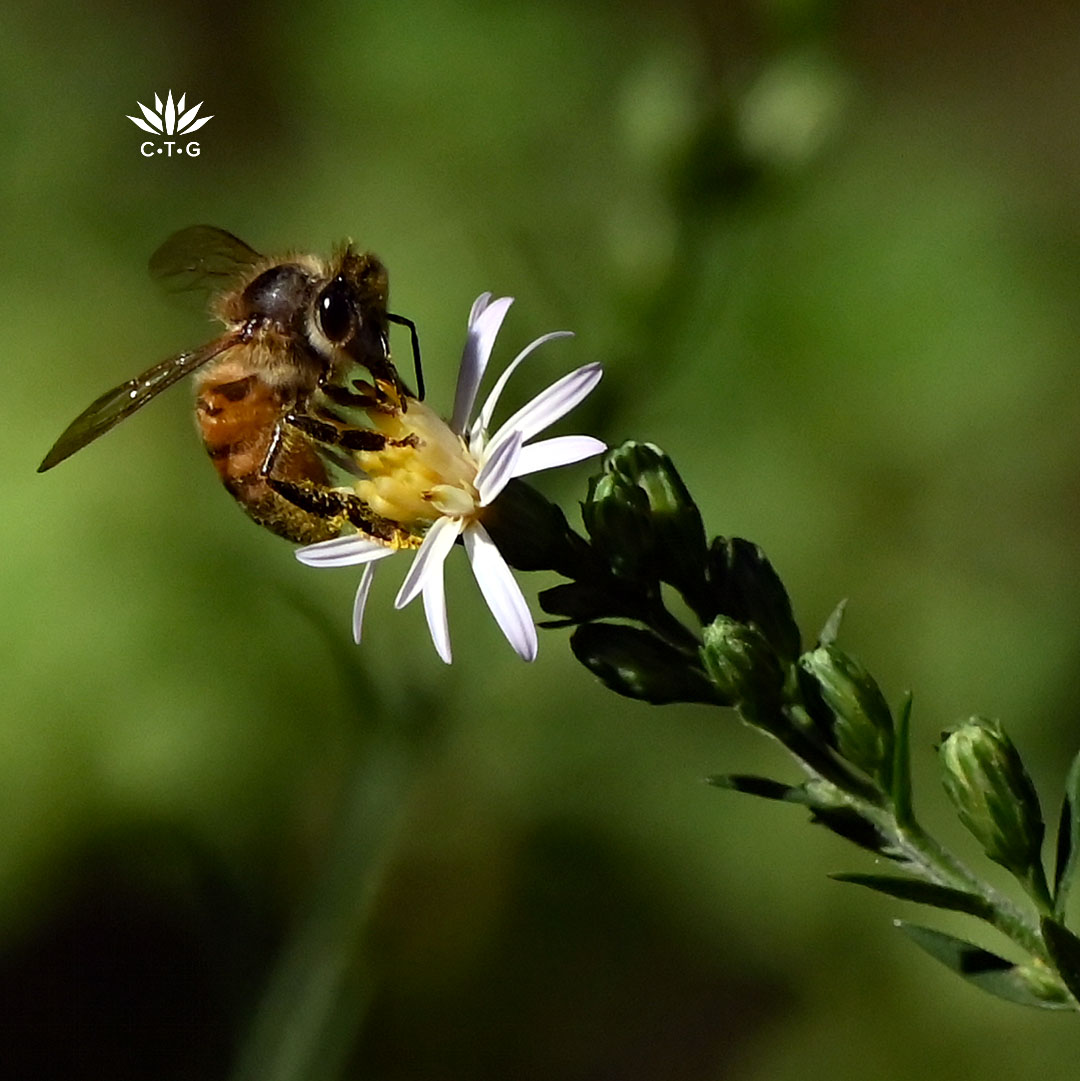
A bit on the gangly side, and somewhat depleted by drought, native Drummond’s aster stretches wide open stems to welcome hop-scotching bees in my garden.
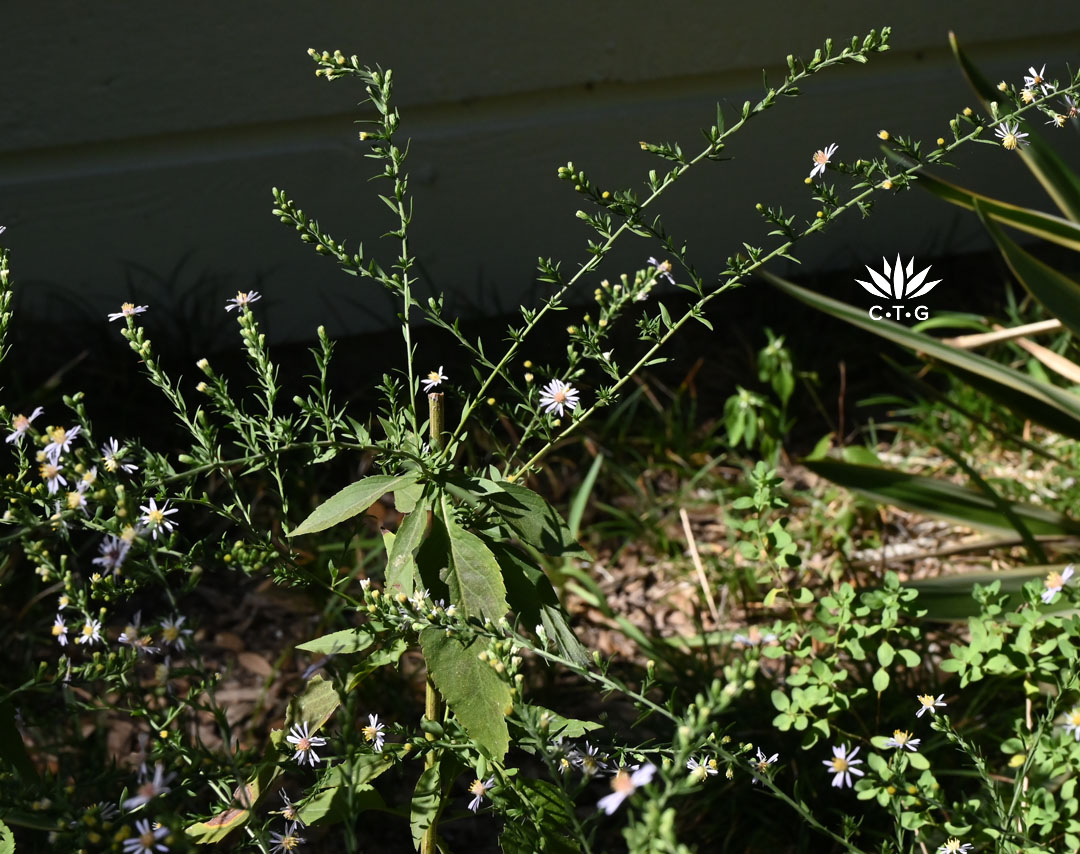
Butterflies and other pollinators should be here, too, but extended heat and drought have seriously downsized the crowds.
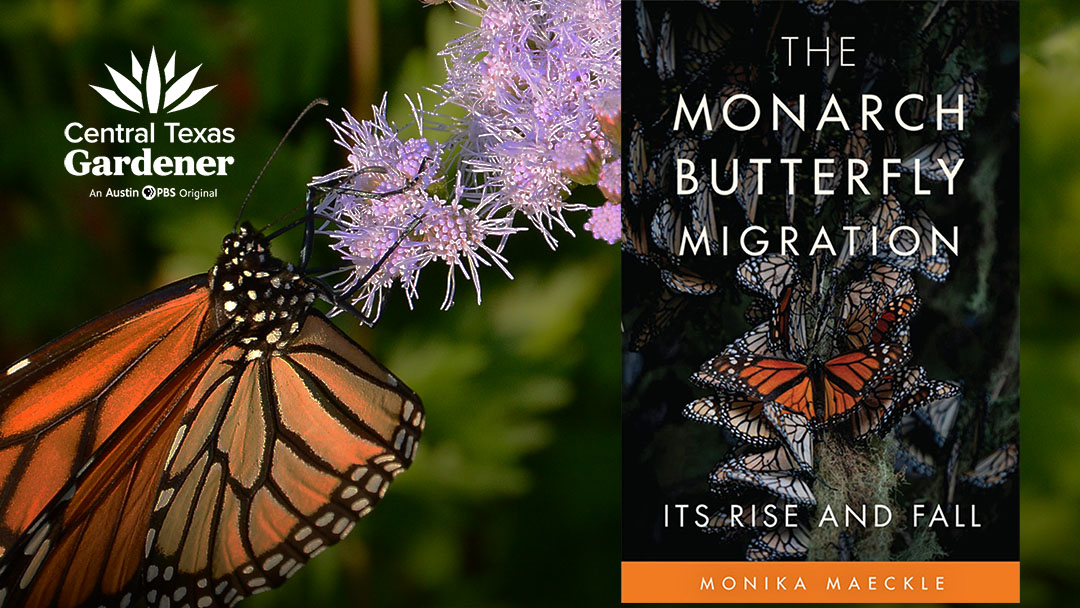
For years, harsh climate has impacted all our wildlife, but the hot topic has revolved around monarch butterflies. Are they really in danger of extinction–from habitat loss, climate change, disease? So, this week, Monika Maeckle of the Texas Butterfly Ranch explores the history and controversy in her thoughtful book, The Monarch Butterfly Migration: Its Rise and Fall.

Monika’s a butterfly evangelist, pollinator advocate, and journalist who explores and documents how our lives intersect all wildlife.The Texas Butterfly Ranch is not a place, but rather a philosophy, and an online journal to teach, inspire, and connect us to our ecosystem. She co-founded the Monarch Butterfly and Pollinator Festival in San Antonio and in 2015 worked with the National Wildlife Federation to declare it the first Monarch Champion city in the nation.
This past week, she wrote on Instagram and her website: “A new study released last week found that the monarch butterfly’s breeding population is stable and thriving, while its fall migratory population is in serious decline,” that echoes some of her conclusions in her book.
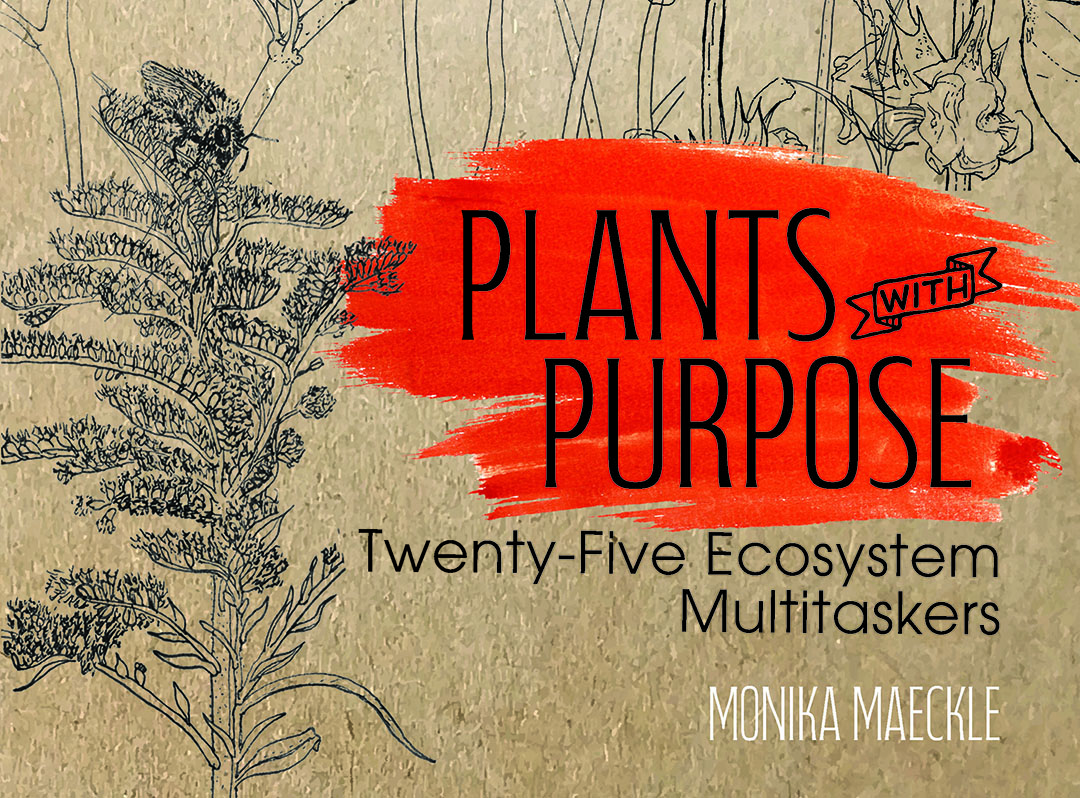
And to help us all figure out the best plants to choose for wildlife, Monika’s got another book coming our way in May 2025: Plants with Purpose: Twenty-Five Ecosystem Multitaskers. It looks great!
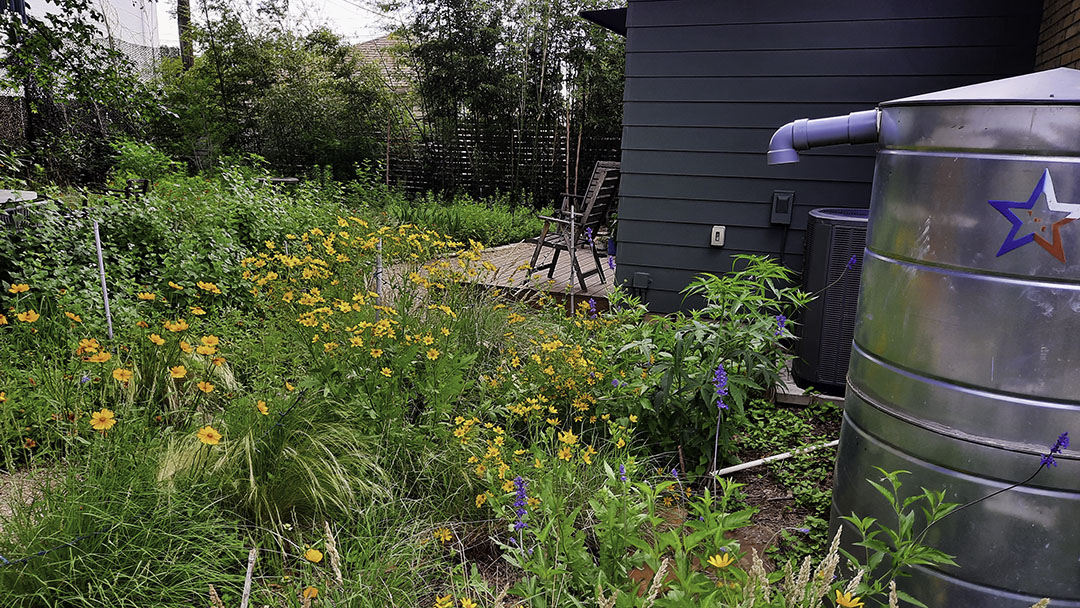
One way we can attract and support generations of pollinators, birds, and other wildlife is to create habitats. For three Studio Balcones landscape architects, that meant removing lawn grass and planting pocket prairies in their own small yards. Read the blog and watch their story now!
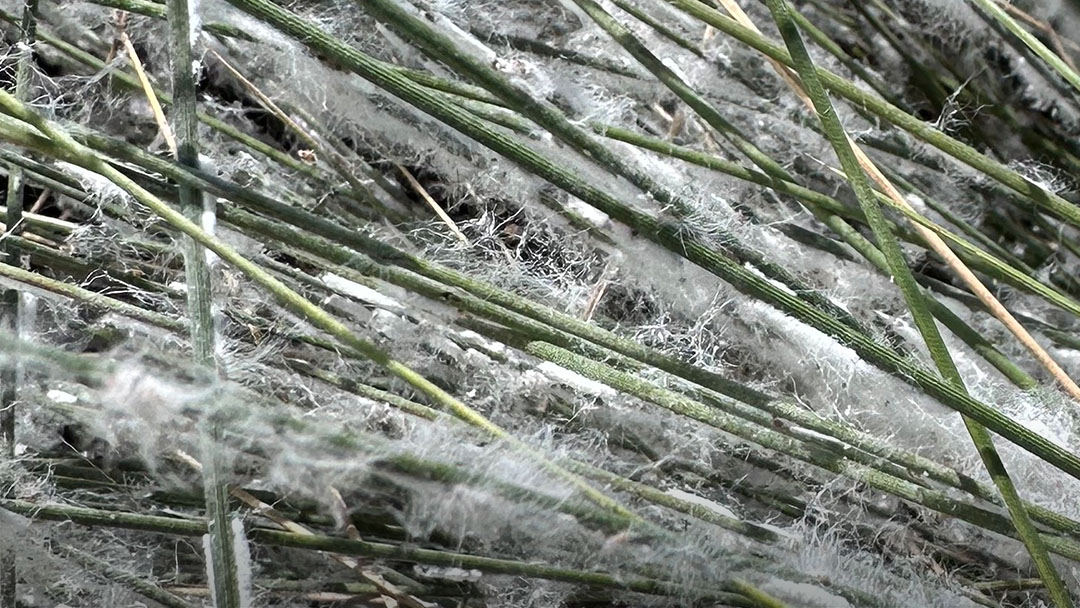
Most insects are beneficial, but some are pests that we must control if natural predators cannot. New to our area is the muhly grass mealybug that John Hart discovered in Austin.
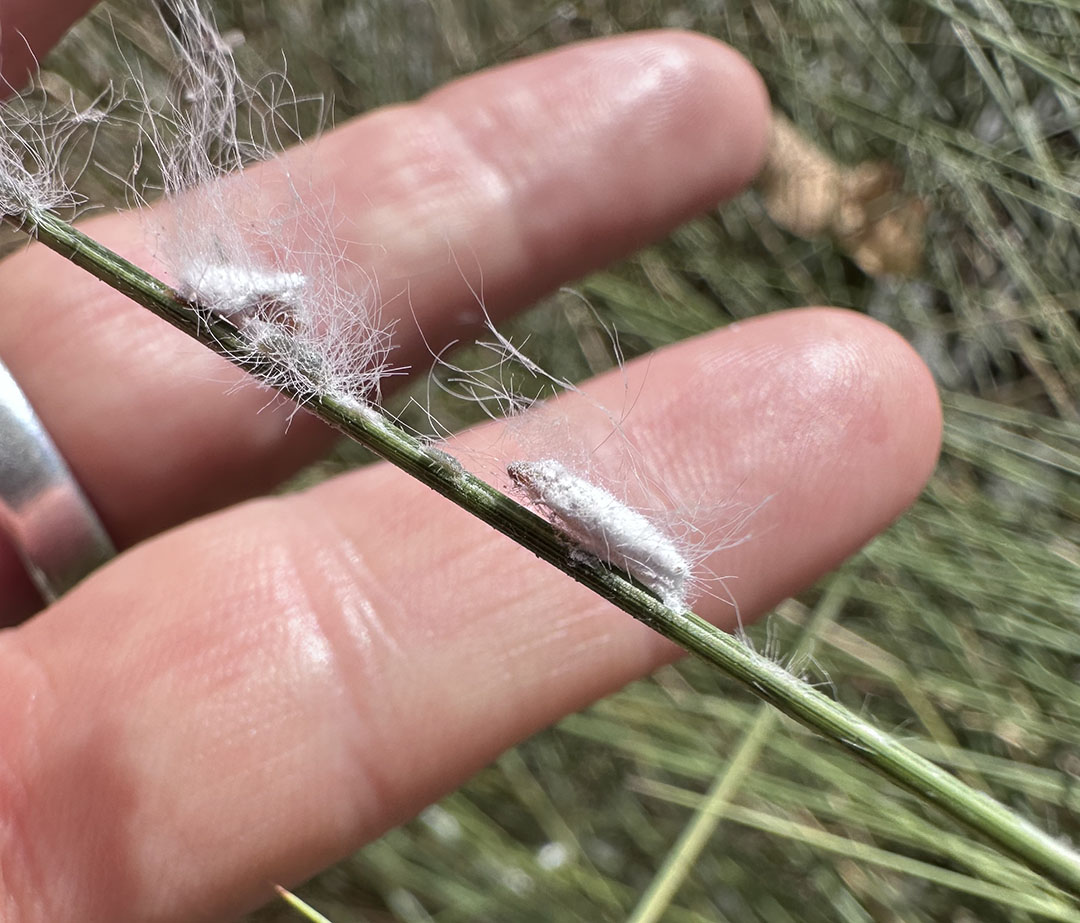
Entomologist Wizzie Brown, joining us this week, explained, “These will get on pink muhly grass and also Fakahatchee grass. . .So if you have really high infestations of them, you might want to remove those plants and replace them with something else.”
Since winter is bound to get here eventually, she recommends prepping our outdoor containers to move indoors without bringing along insect hitchhikers. (Waiting until the last minute means a hurry-scurry to haul everybody inside and then you may have issues.)
And for all our indoor plants, she explains how to handle occasional pest outbreaks, including fungus gnats (an easy one–do not overwater!). Plus, see how to secure the exterior for easy entry points.

Pollen already abounds–for me, ragweed and fall elm have me stuffier than your dog’s favorite toy! (By the way, goldenrod is not an allergen!) Soon to come: cedar fever from mountain junipers. To top it off, cough and cold season is coming up, just as many of us get set to travel. To help us soothe things down and clear out those sinuses, herbalist Leighla Molina mixes up fire cider packed with all kinds of beneficial ingredients from garlic and onions to peppers, citrus and herbs.
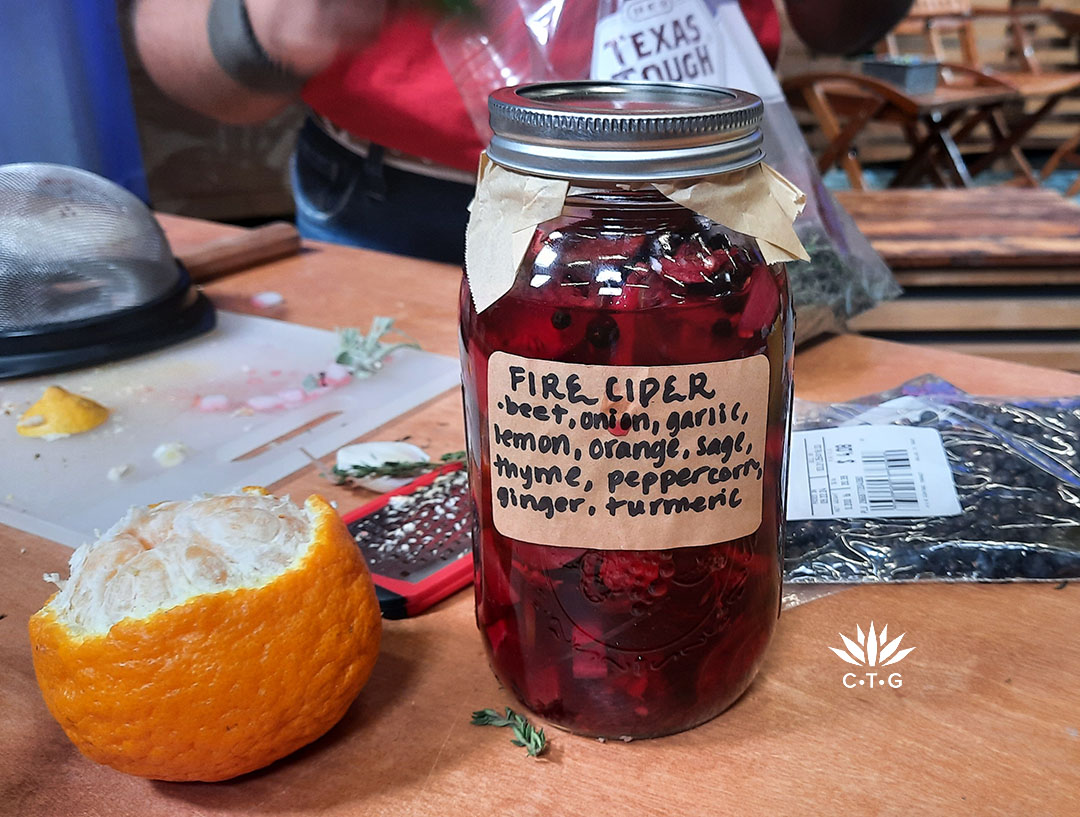
There’s no one way to make fire cider, except for the raw apple cider vinegar, but Leighla adds beets for all their nutrition and the beautiful color they give the drink. Let it brew for four to six weeks, strain, add honey if you like, or dilute with water. Some people just add a few teaspoons to their water bottle. Note: vinegar can cause stomach irritation or worsen acid reflux.
Thank you for stopping by! Next week, find out why to leave the leaves! Linda
tags:

